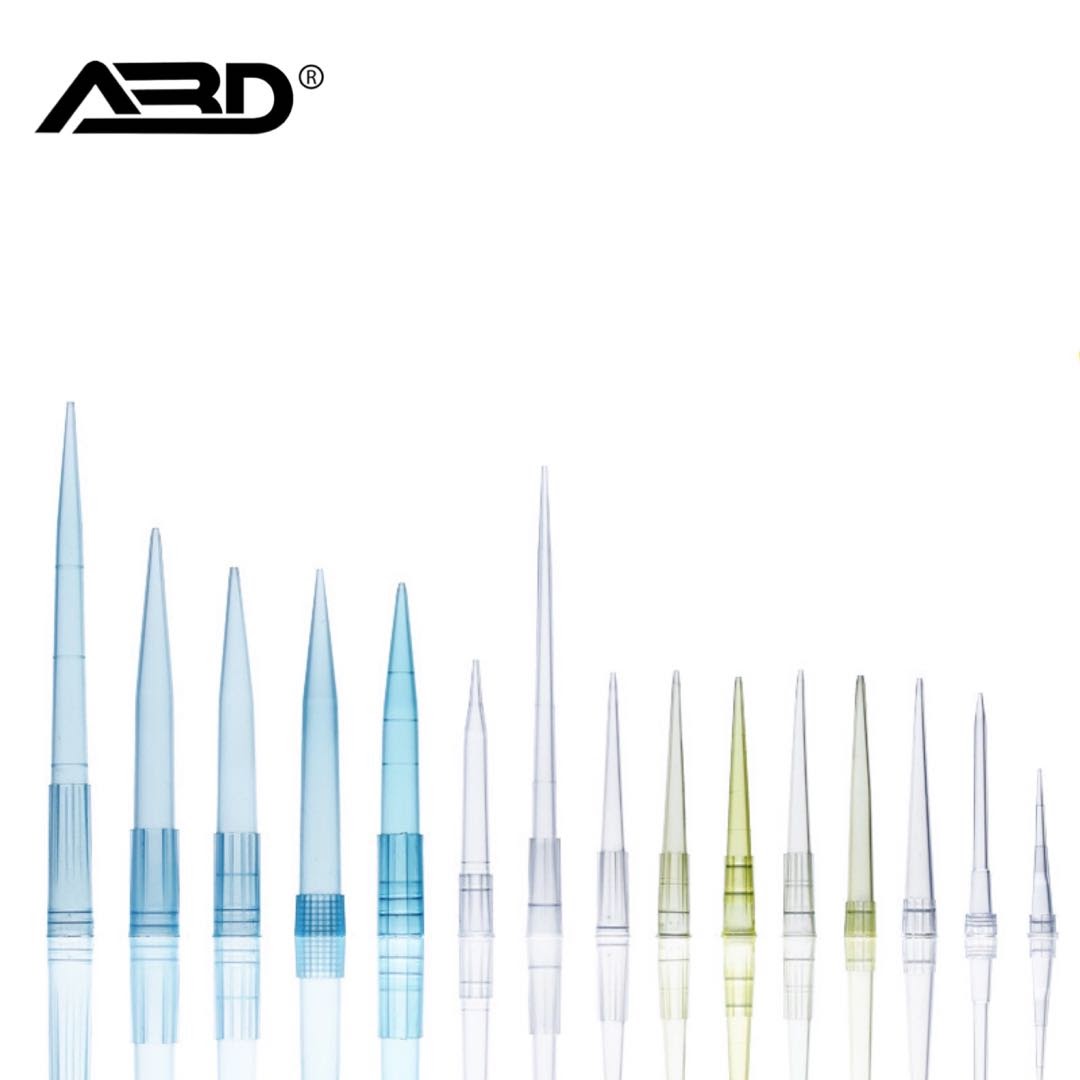Pipette tips are essential to the lab and sciences.
What are pipette tips used for?
Pipette tips are used for a variety of tasks in the laboratory,
including transferring liquids between containers,
aspirating and dispensing samples, and mixing solutions.
They come in a variety of sizes, volumes, and shapes to accommodate different applications.
Pipette tips are also available in different cleanliness levels,
depending on the needs of the user.
Sometimes also referred to as micropipette tips, pipet tips, pipettor tips.
It is the most common laboratory supplies, and essential for sciences.
What are the types of pipette tips?
There are different types of pipette tips, depending on the level of cleanliness, packaging, and compatibility.
The most common types are unsterile, sterile, and filtered tips.
They come in bulk packs or rack-packed tips in pipette tip boxes.
The tips fit most pipettes and range in volume from 10ul to 1000ul.
Because of the tiny dispensing volume, it is often referred to as micropipette tips.
P.S. 1 ul is a microliter, i.e. 1/1000 of 1ml.
Are pipette tips universal?
Pipette tips are designed to be compatible with a range of pipette brands.
While there are some brand-specific tips, the majority of our tips are designed
as universal fittings, meaning they will fit most pipettes,
e.g. Eppendorf, Watson, ThermoFisher, CAPP and so on.
This compatibility allows experimenters to use the same tips across multiple
pipettes, making liquid handling easier and more efficient.
Can you autoclave pipette tips?
Yes, autoclaving is a common way to sterilize pipette tips.
Tips are generally autoclaved for 15 minutes at 121 degrees Celsius and 1 atmosphere of pressure (~15 PSI).
Some tips are also ethylene oxide (EtO) processed or gamma-irradiated for sterility.
And the durability of our high-quality polypropylene virgin materials make them withstand the heat from an autoclave machine.
How to autoclave pipette tips?
In lab, the best way to sterilize pipette tips is by autoclaving them.
Autoclaving is a process that uses high temperature and pressure to kill bacteria and other microorganisms.
Tips can be autoclaved in either the bag they come in, or in a special tip autoclave rack.
The tips should then be placed in a clean bag and sealed.
The bag can then be placed in the autoclave.
When autoclaving tips, make sure that the water covers them completely and that they are not clumped together.
Make sure to refer to the autoclave's instructions for more specific information on autoclaving pipette tips.
In the end, allow the tips to cool before using them.
Haimen Aibende Experimental Equipment Co., Ltd. is a China leading pipette tip manufacturers, with advanced manufacturing background, technical foundation. With strict quality control and management system, we always provide high quality products and services to our customers.
For tips and micropipette cost, contact our product specialist for more details.






